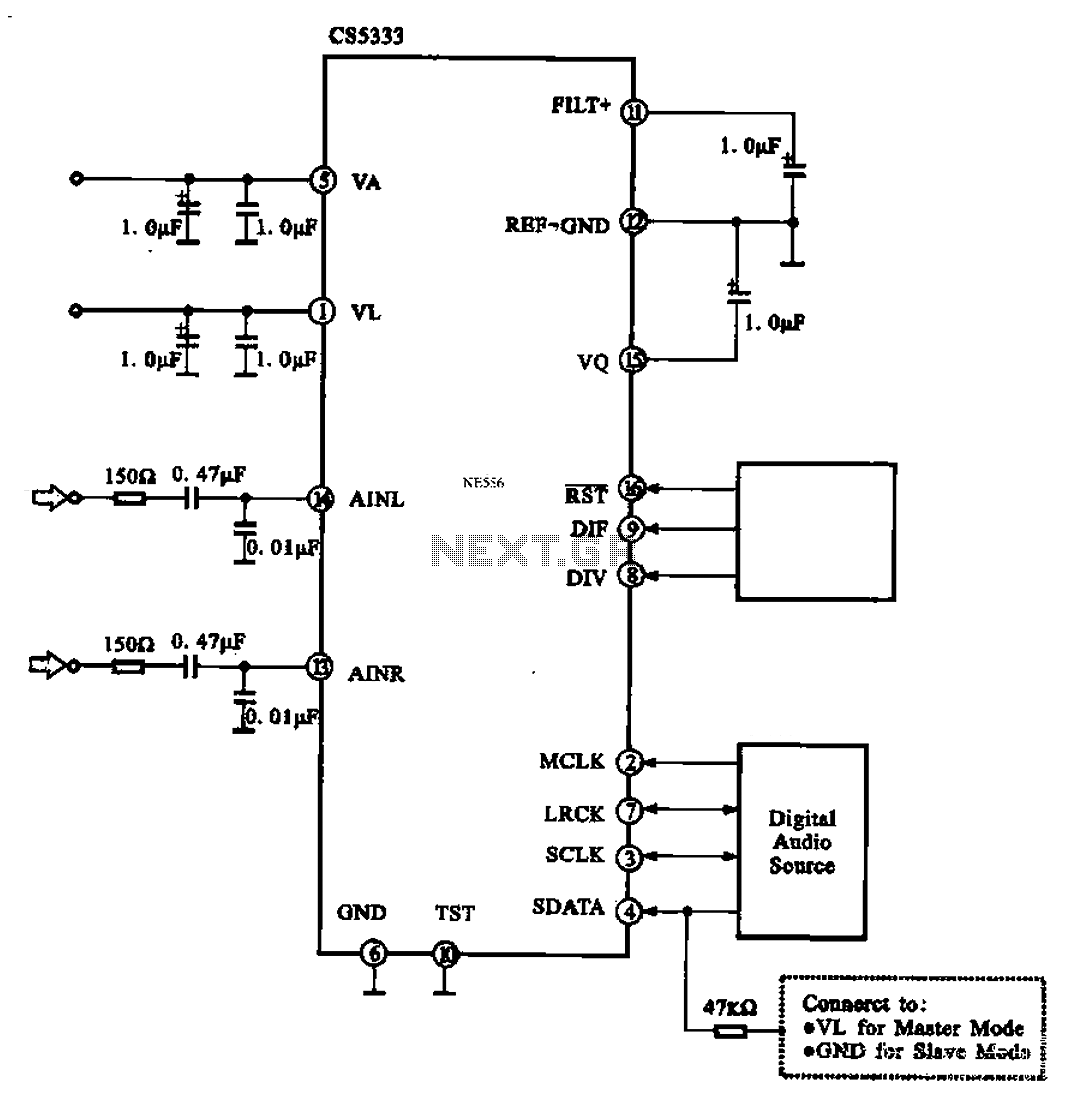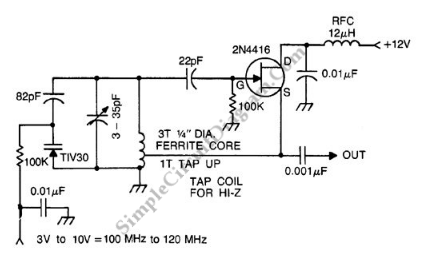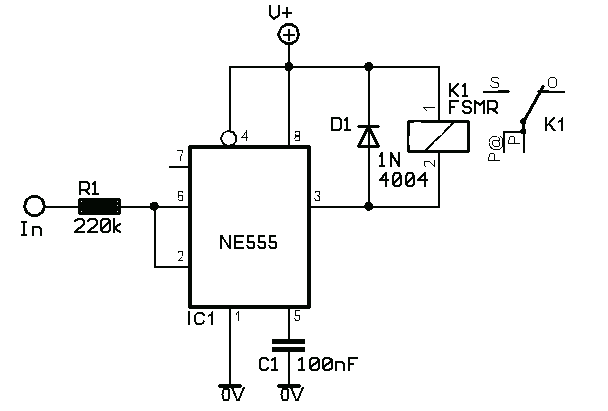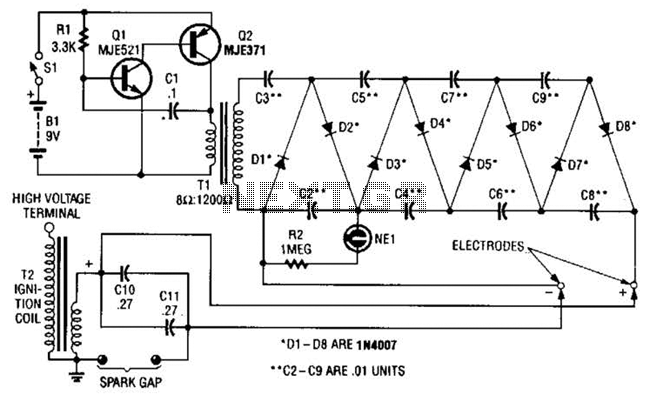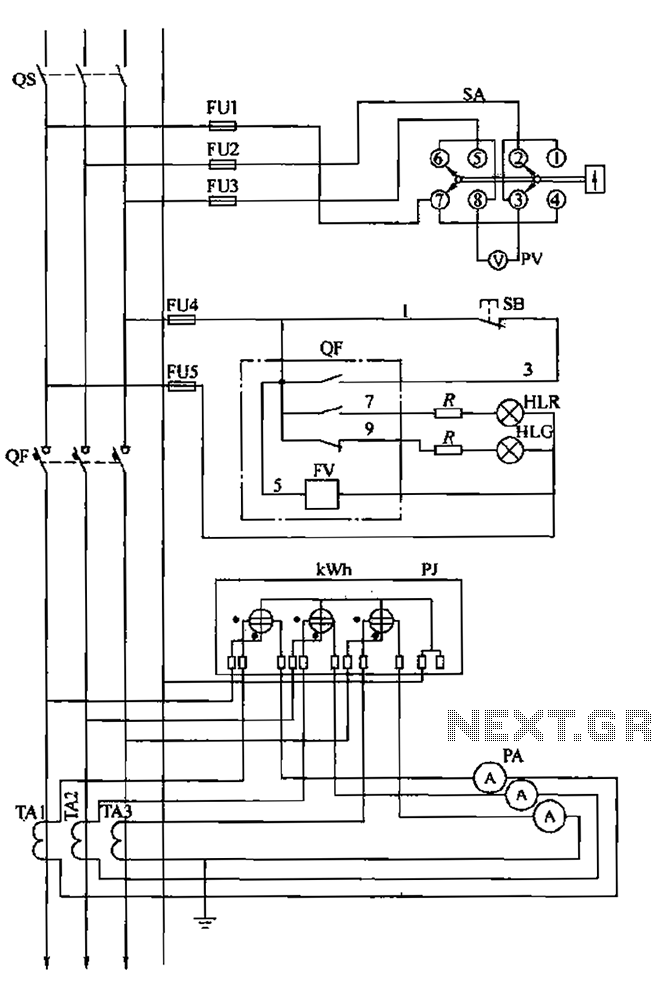
TL497A Voltage Converter
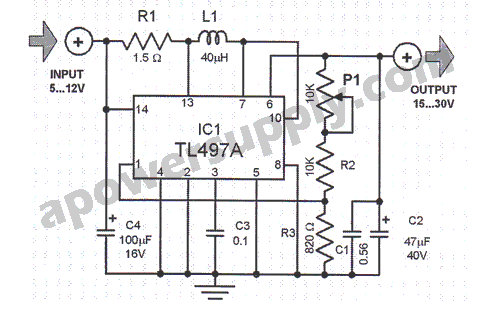
This voltage converter is constructed using the TL497A integrated circuit and is designed to convert an input voltage range of 5 to 12 volts into a higher output voltage range of 15 to 30 volts. This functionality is particularly beneficial in various electronic applications.
The TL497A is a versatile voltage regulator that operates in both step-up (boost) and step-down (buck) configurations. In this specific application, the circuit is configured as a boost converter, allowing it to increase the voltage level efficiently. The design typically includes essential components such as inductors, diodes, capacitors, and feedback resistors to stabilize and regulate the output voltage.
The operation begins when the input voltage is applied to the circuit. The TL497A uses a control loop to monitor the output voltage and adjust the duty cycle of the switching signal to the power transistor, which drives the inductor. As the inductor stores energy, the circuit periodically switches the transistor on and off, allowing the energy to be transferred to the output capacitor. This process results in a higher voltage being delivered to the load.
Key parameters to consider in the design include the selection of the inductor value, which affects the current ripple and efficiency, as well as the output capacitor, which smooths the output voltage. Additionally, the feedback network must be carefully designed to ensure stability and proper voltage regulation across varying load conditions.
Overall, the TL497A voltage converter provides a reliable solution for applications requiring a stable higher voltage from a lower voltage source, making it suitable for powering devices that operate within the specified output voltage range.This voltage converter is built with TL497A and converts an input voltage of 5 12 voltage to a higher level of 15 30 volts. This is specially helpful i.. 🔗 External reference
The TL497A is a versatile voltage regulator that operates in both step-up (boost) and step-down (buck) configurations. In this specific application, the circuit is configured as a boost converter, allowing it to increase the voltage level efficiently. The design typically includes essential components such as inductors, diodes, capacitors, and feedback resistors to stabilize and regulate the output voltage.
The operation begins when the input voltage is applied to the circuit. The TL497A uses a control loop to monitor the output voltage and adjust the duty cycle of the switching signal to the power transistor, which drives the inductor. As the inductor stores energy, the circuit periodically switches the transistor on and off, allowing the energy to be transferred to the output capacitor. This process results in a higher voltage being delivered to the load.
Key parameters to consider in the design include the selection of the inductor value, which affects the current ripple and efficiency, as well as the output capacitor, which smooths the output voltage. Additionally, the feedback network must be carefully designed to ensure stability and proper voltage regulation across varying load conditions.
Overall, the TL497A voltage converter provides a reliable solution for applications requiring a stable higher voltage from a lower voltage source, making it suitable for powering devices that operate within the specified output voltage range.This voltage converter is built with TL497A and converts an input voltage of 5 12 voltage to a higher level of 15 30 volts. This is specially helpful i.. 🔗 External reference
